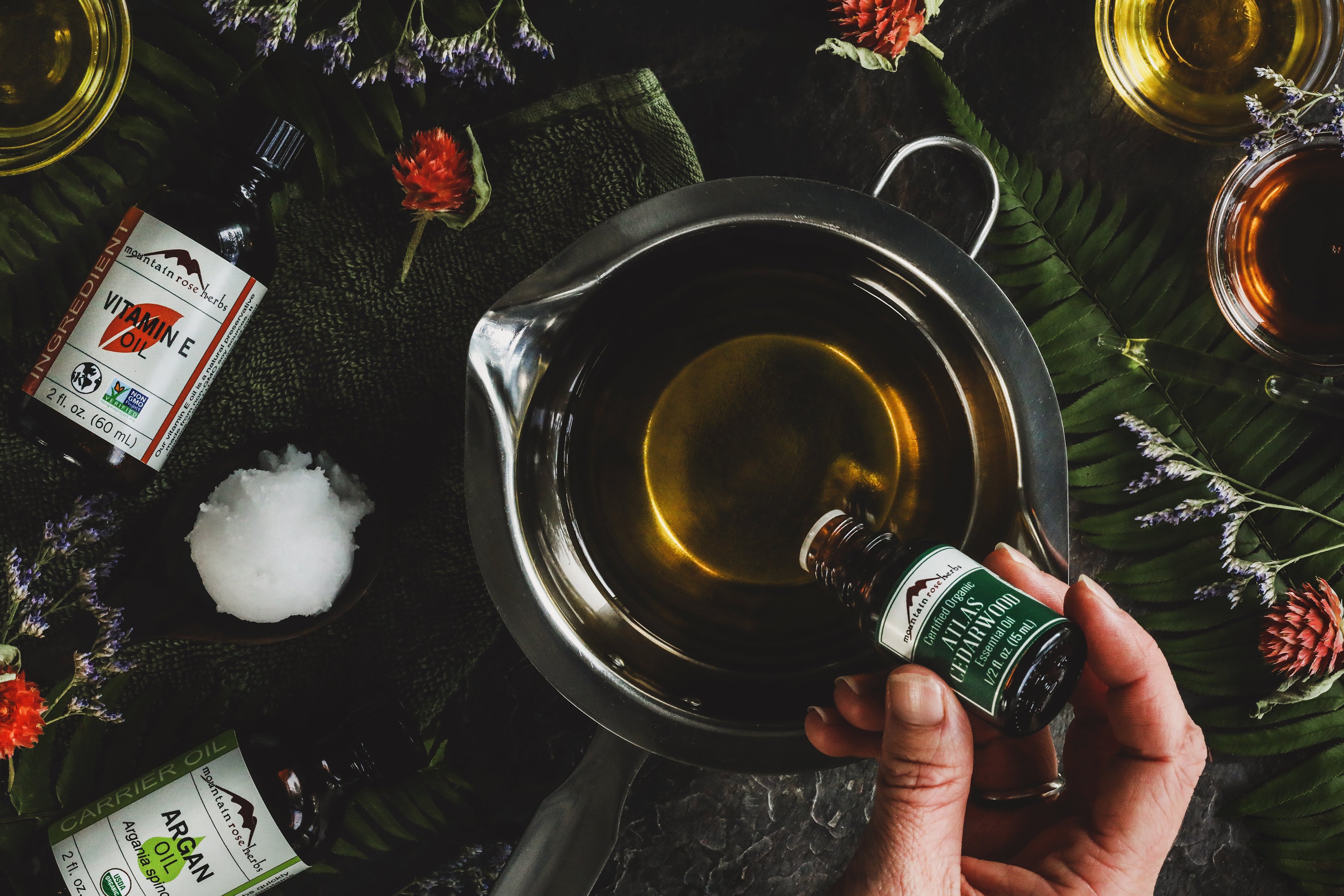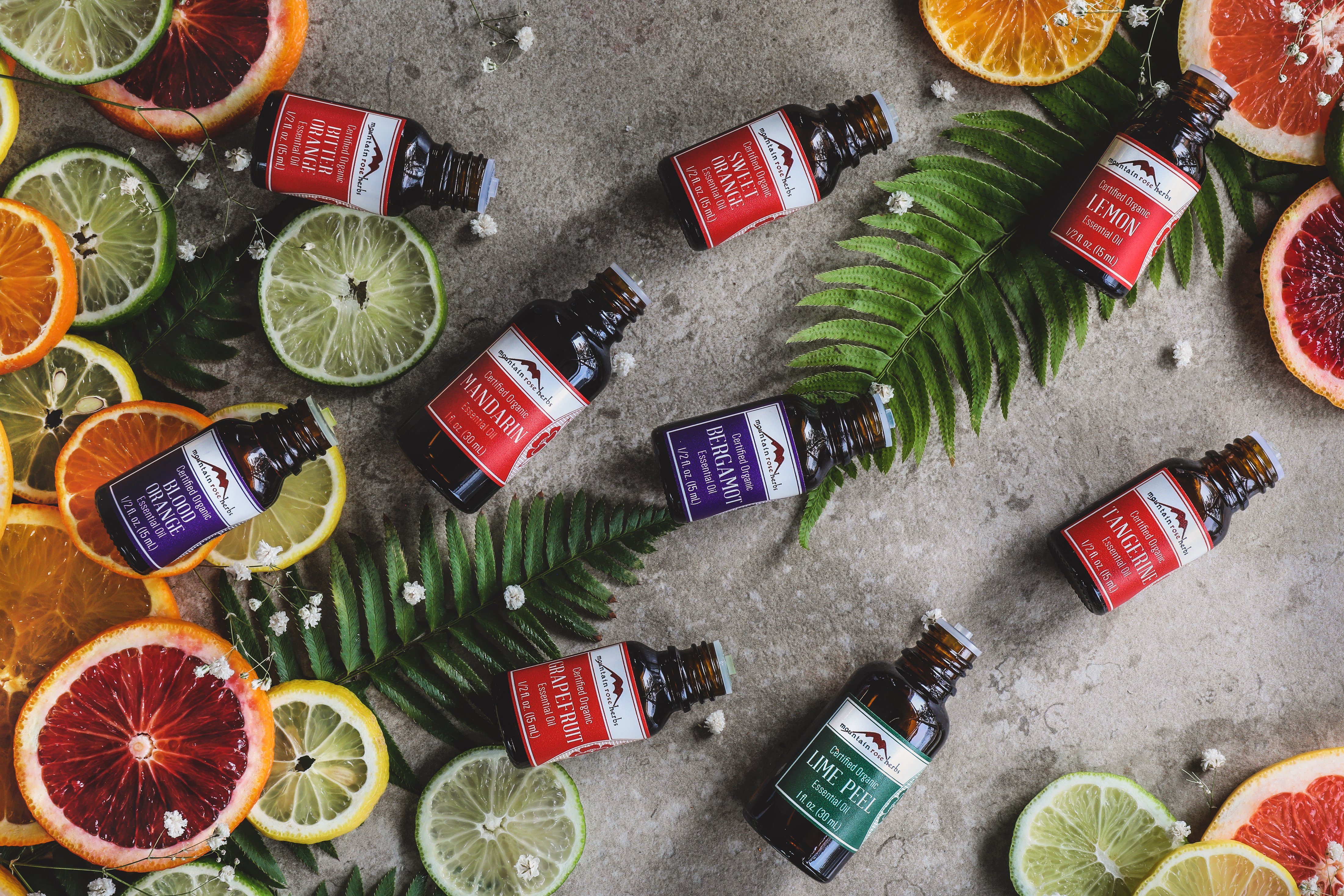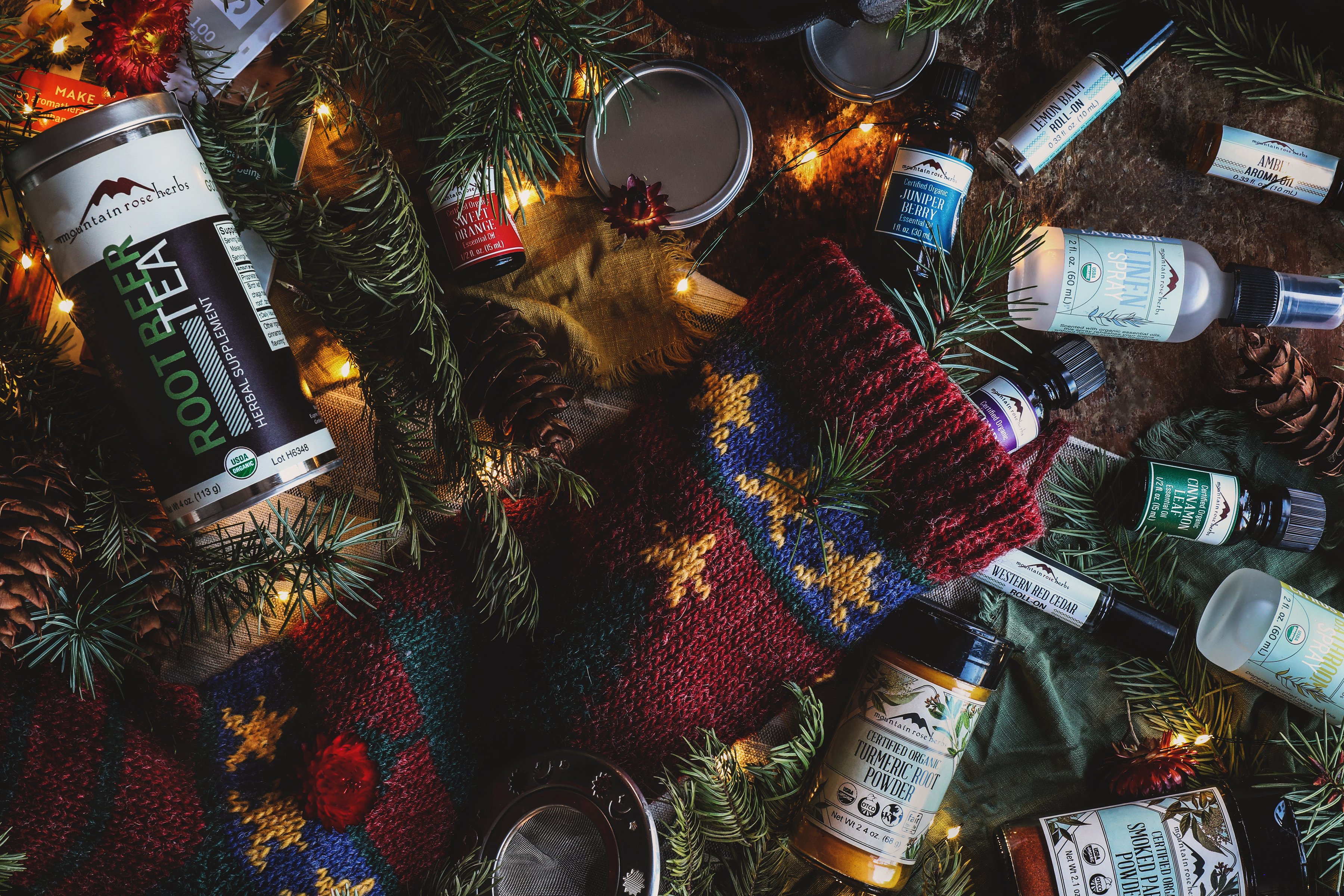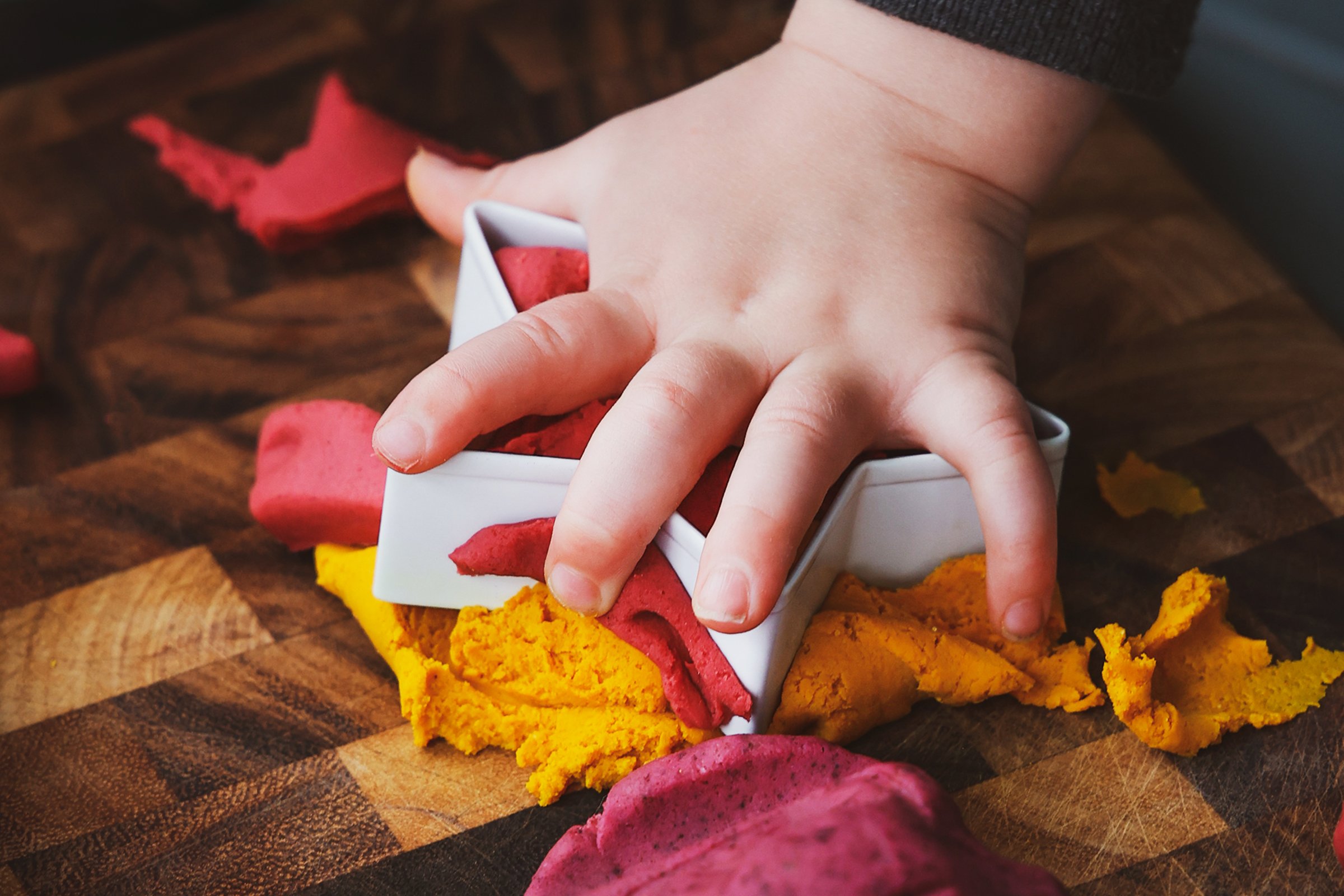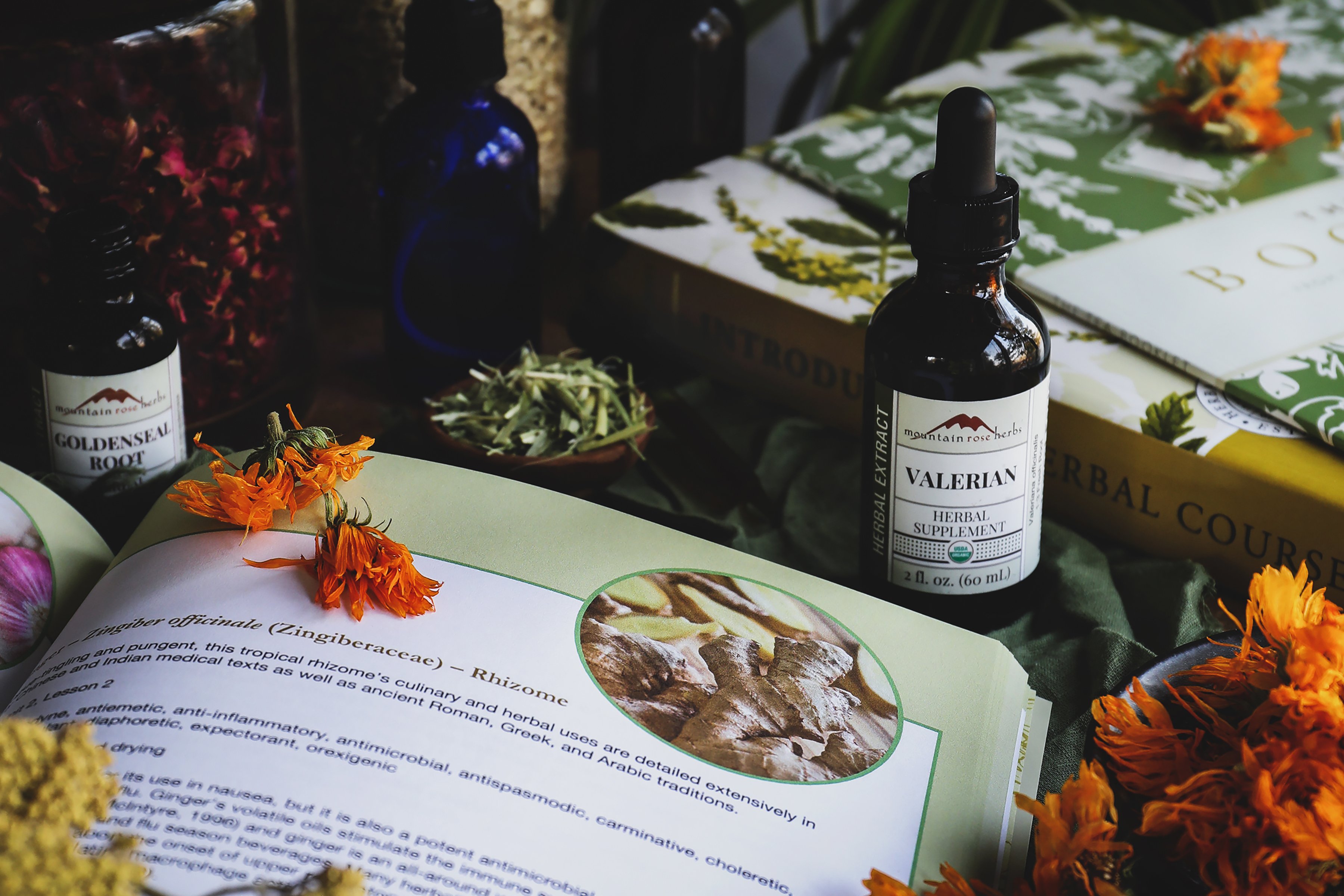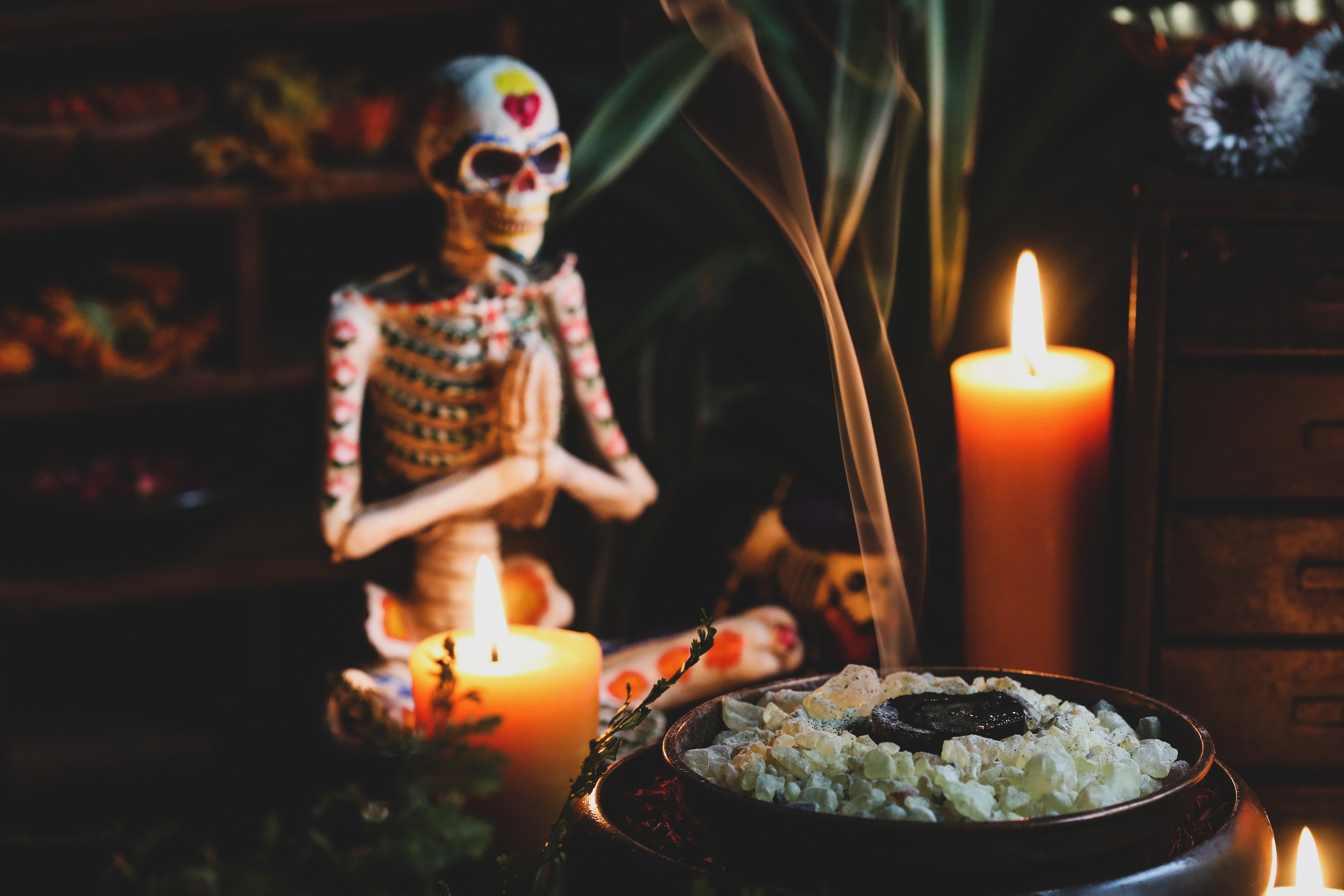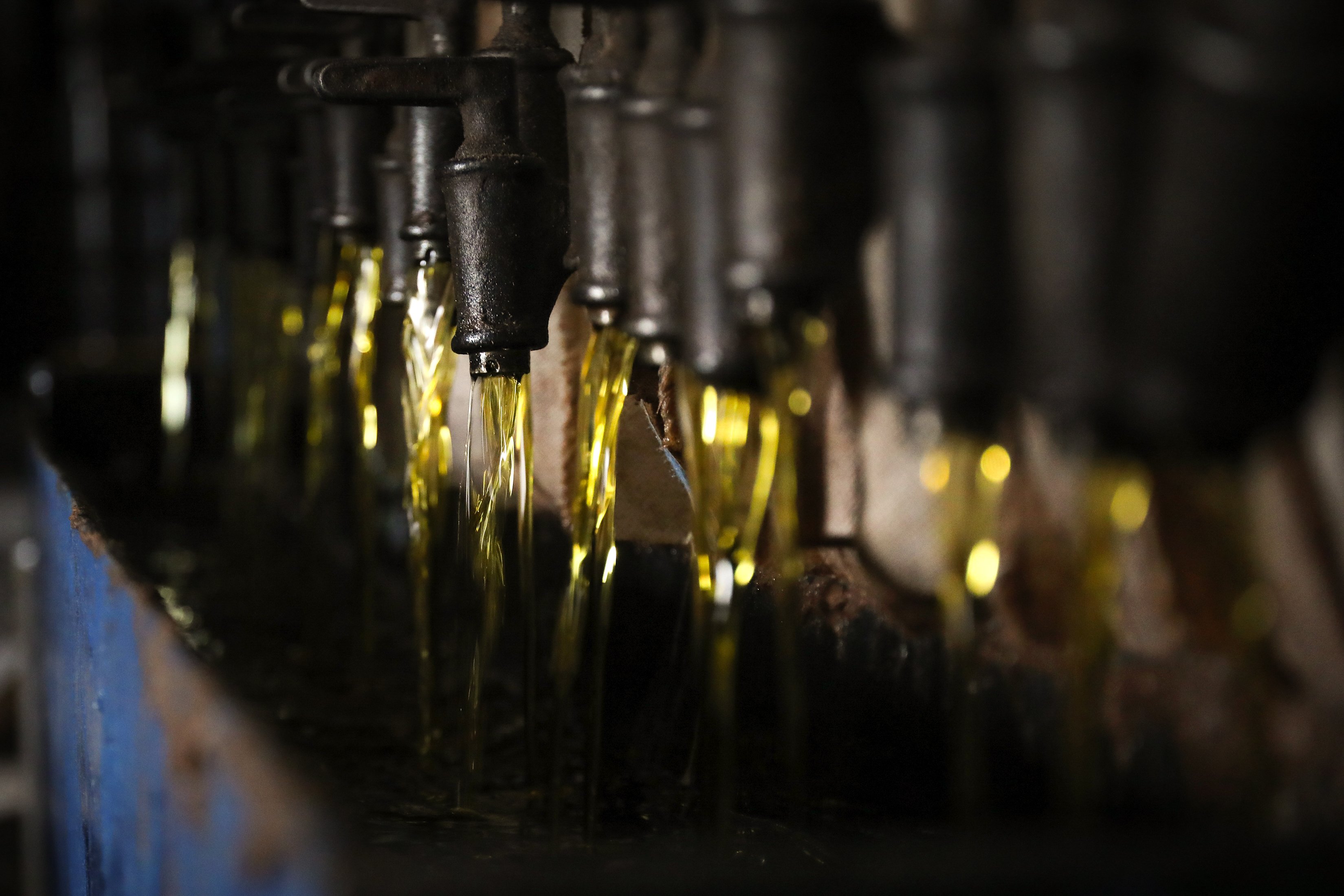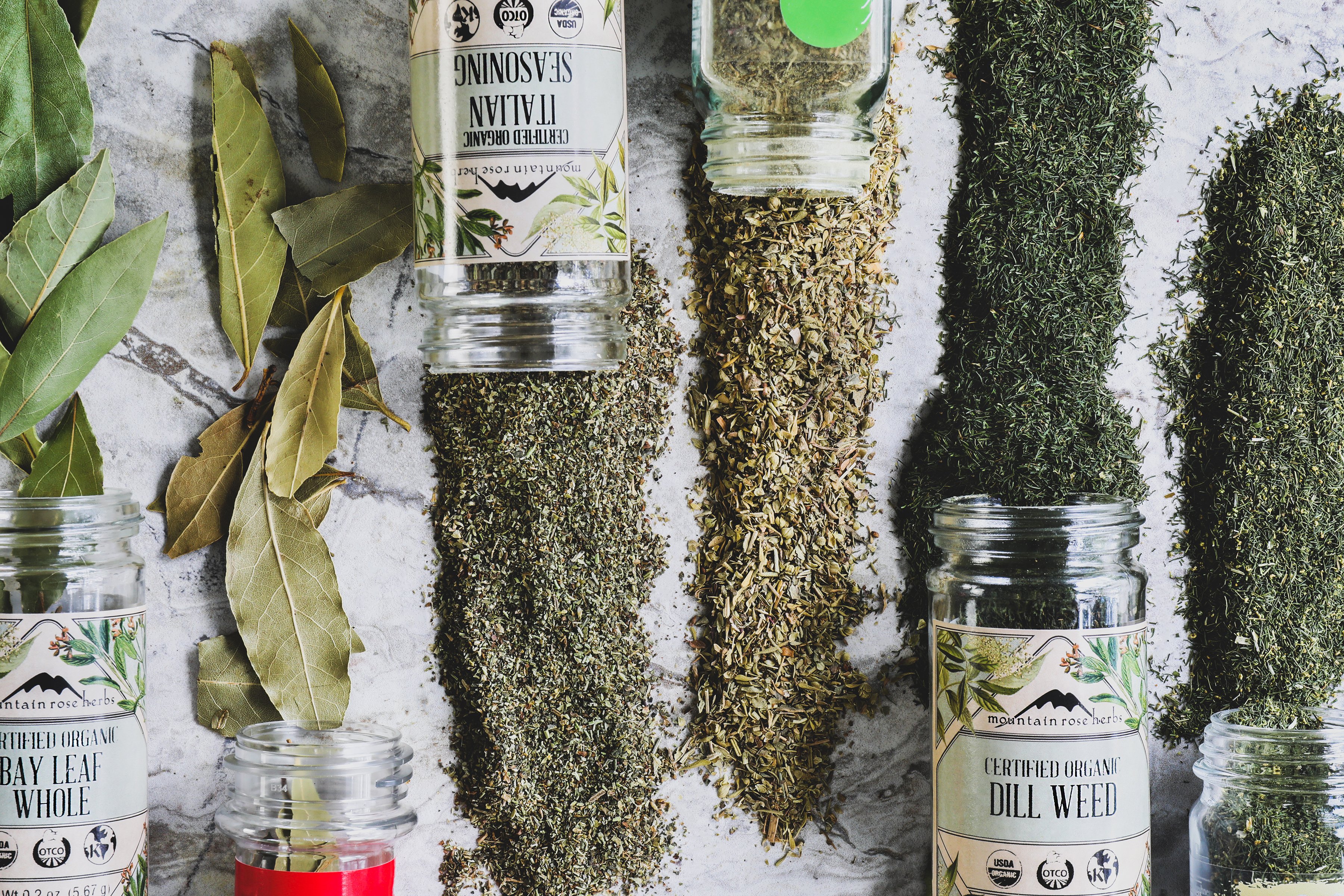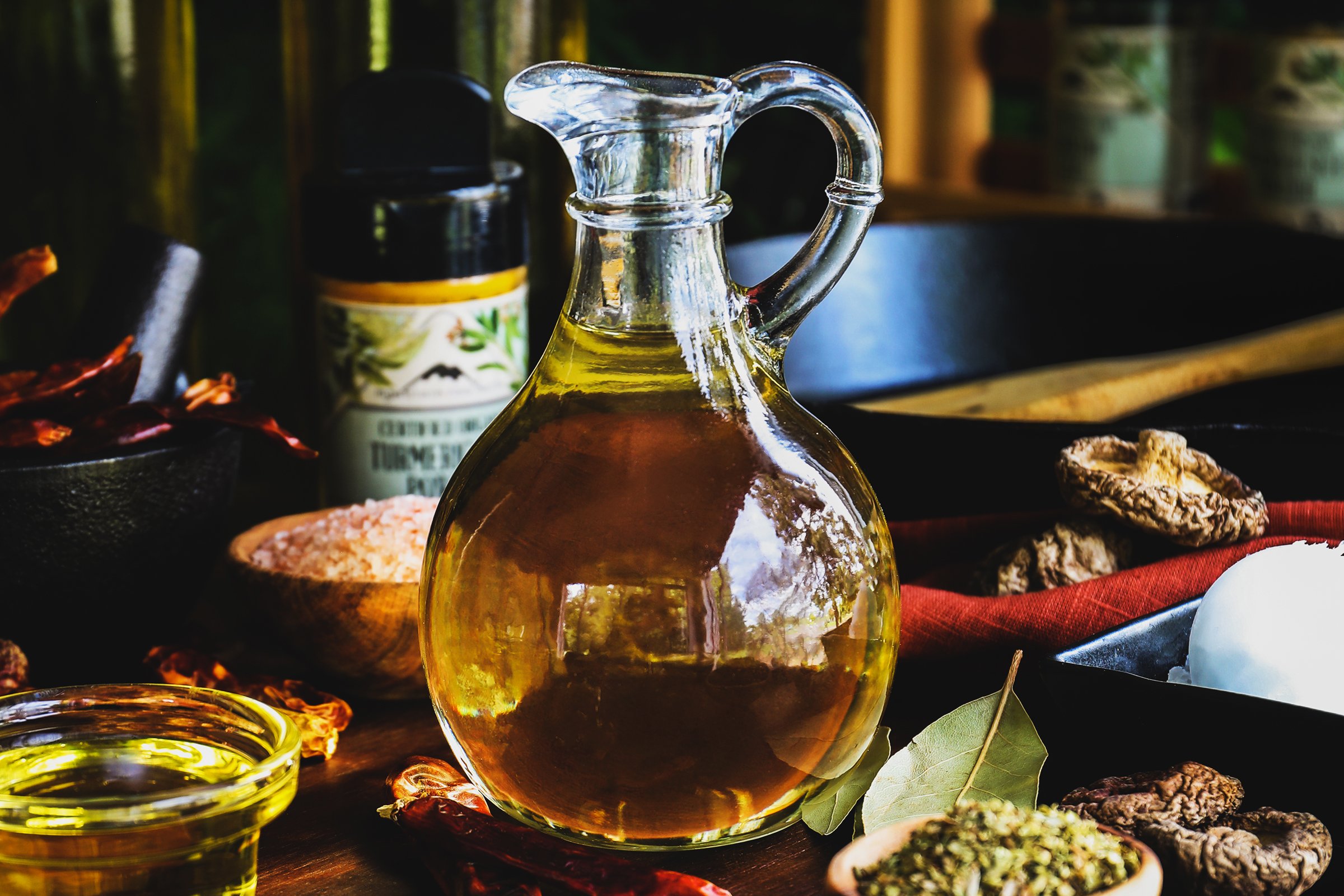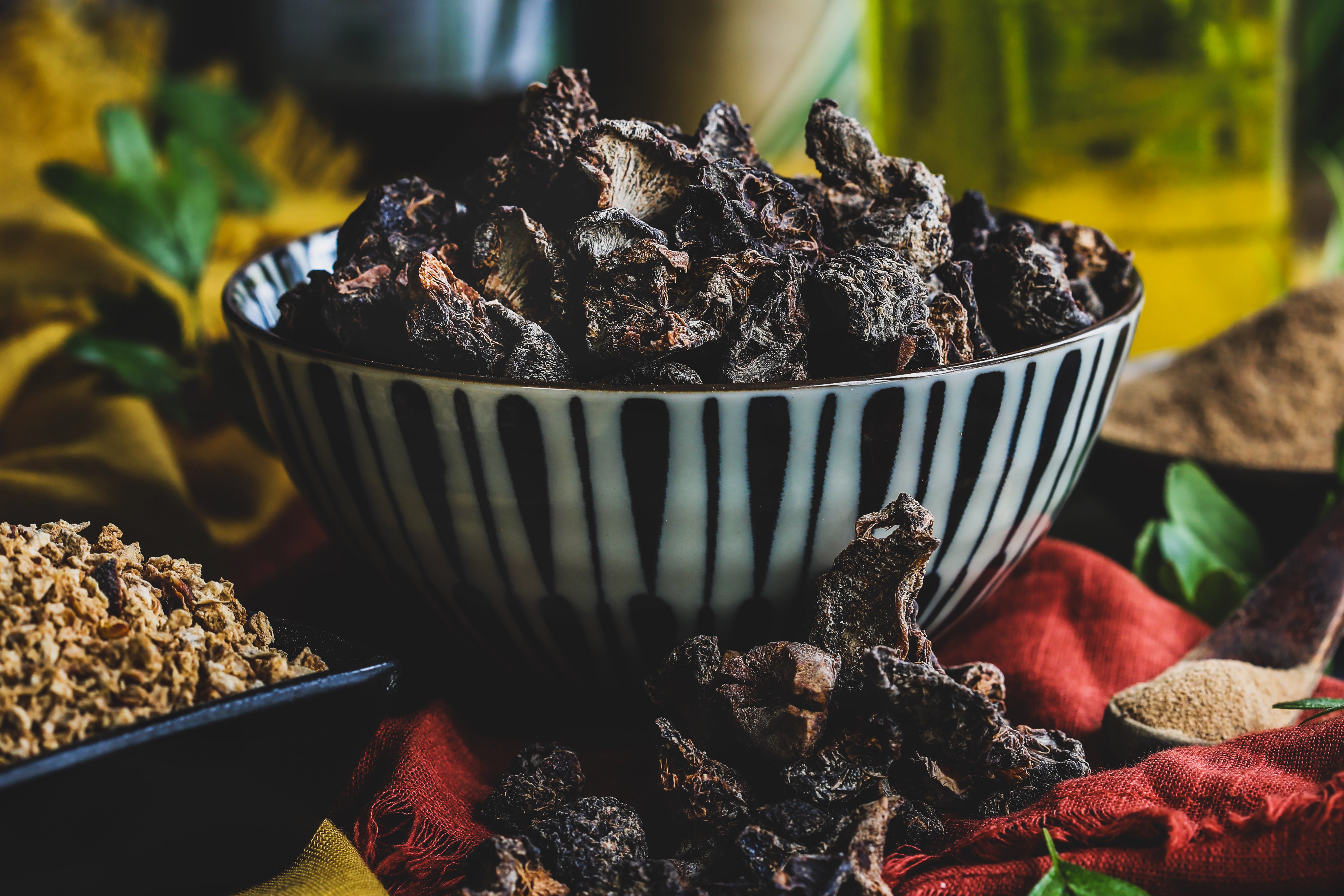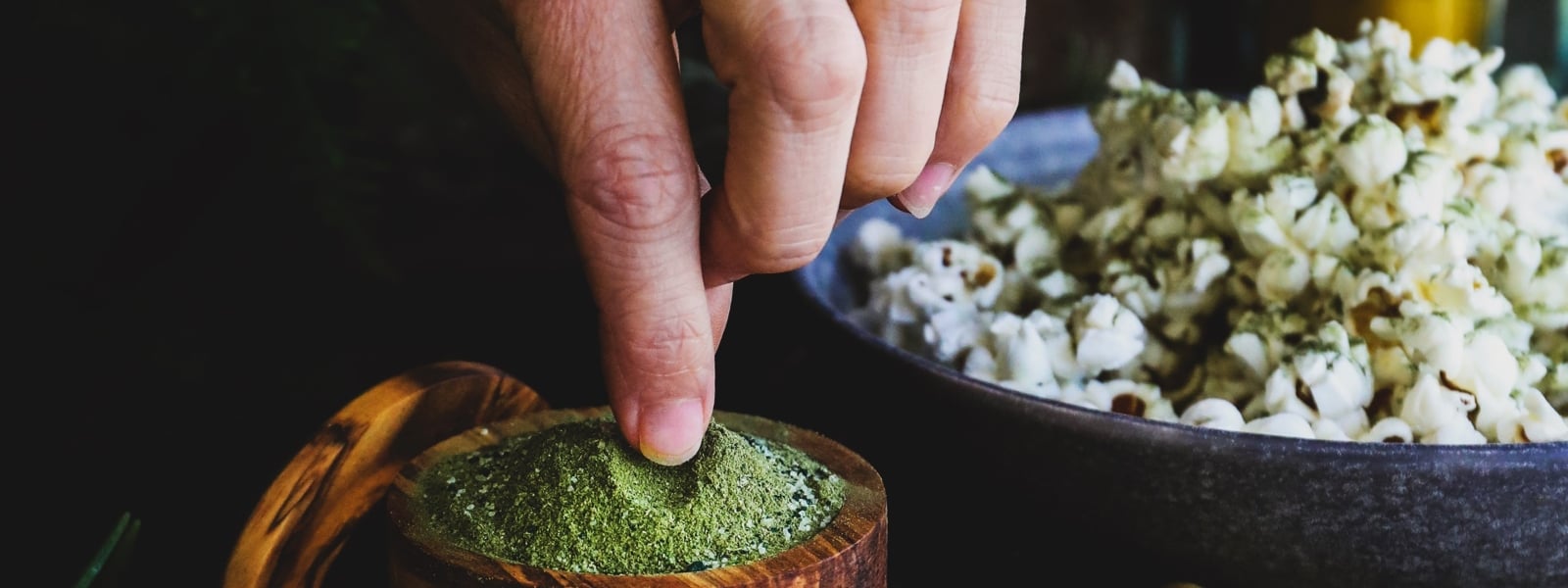When it comes to hair care, a routine of deep conditioning can make a huge difference in the health and appearance of your hair and scalp. Choosing the right oils is one of the key parts of this process, so I have broken down some of my favorite oils for hair care and shared a luscious hot oil treatment that I formulated for weekly use.

Citrus essential oils are bright, sweet, and sour and are known to bring a smile to your face. They are energetically uplifting and engaging and pack a punch in DIY cleaning products. But which one should you use?
Read More
Gift-giving can be difficult, especially during the holidays. Finding the right gift at the right price is hard enough, but then layer on crowded parking lots, long shopping lines, and inclement weather, and you have yourself a recipe for holiday stress! We just don’t need that added pressure in our already hectic lives.
With this in mind, I curated a simple list of budget-friendly gift ideas that you can have delivered right to your doorstep. You’ll find the perfect gifts for the health enthusiast, foodie, tea lover, or fragrance connoisseur in your life. (Or for yourself; you also deserve it!)

Recently, I was barred from calling my grandbaby any endearment that includes the word “baby.” Apparently, we are in “big kid” territory now. The term “big kid” doesn’t really lend itself to sweet endearments, but that aside, the no-longer-baby has had one consistent love since the moment those little hands and big brain were coordinated enough to squish clay—this kid loves playdough. However, Nana (me) is not fond of the typical store-bought versions, which can include chemical preservatives, binders, lubricants, surfactants, hardeners, anti-fungal additives, and artificial fragrances and colors. My favorite little dough-lover spends hours each week rolling, shaping, stamping, and building. I don’t want her hands in chemicals, preservatives, and additives day in and day out. In her world, a day without playdough is a terrible, horrible, no good, very bad day, which means I had to figure out how to make an excellent, naturally colored playdough that is easy to whip up when the need arises.
Read More
Getting started in herbalism can feel like embarking on a great adventure! The journey is full of excitement, discovery, and learning, but may also include a little overwhelm and uncertainty. If you are new to herbalism, you’ve likely wondered how to begin and what herbs and supplies are best to keep on hand. At the Herbal Academy, we find great joy in guiding budding herbalists and have some tips on this topic.
Read More
I grew up with the understanding that “Life” is Ceremony. Copalli—the Nahuatl word for Copal—is a resin extracted from the Copal tree or Protium Copal (Burseraceae.) This material has been used in Indigenous practices for thousands of years. Today, the use of aromatic resin varies from ceremonially burned incense to other uses.

Have you ever had the experience of talking about something—that to you is the most normal thing in the world, like talking about ice cream—only to discover that your audience is looking at you blankly, and you realize that they have no idea what you’re saying? I had a conversation recently with a couple of folks who expressed interest in essential oils for massage. I was expounding on appropriate carrier oils to use for DIY massage oil recipes and had gone on for a couple of minutes on this topic, when I saw them looking at each other with perplexed faces. As I sputtered to a stop, one of them said, “What is a carrier oil?” Ah, right; I clearly needed to back up and start at the beginning. With that in mind, let’s take a moment to talk about carrier oils, starting with what the heck they are and how they’re made.
Read More
Recently, as I was making soup with my three-year-old granddaughter and teaching her to pronounce galangal root, I found myself in an extended game of “name that spice.” It turns out you can get through an entire elaborate Thai soup recipe with a toddler in this way; I highly recommend it. It goes something like this: Cute toddler points at spice jar and asks, “What is that spice?” Adult says, “Paprika. Smell it, what do you think?” Cute toddler makes funny face and spies another spice that looks similar. “Is that paprika too?” Adult is impressed. “Good eye, that’s smoked paprika. Does it smell different?” And on it goes like that through the colored jars. In this way, I was reminded that I have so many jars of excellent dried herbs and spices and it’s definitely time to check them for freshness.
Read More
When we make body care formulations, we choose specific oils and butters based on our final goals: consistency, absorption rate, skin type, etc. The same is true for cooking. Fats, like those in culinary oils, are integral to our dishes, not just to keep food from sticking to a pan, but also to affect the final flavor, consistency, texture, and more. Every cooking oil has a unique chemical composition that makes it better at some things than others. This is why one oil might be amazing in a salad dressing or for a lightly sautéed protein, but is a poor choice for grilling or deep-frying. To achieve your cooking goals, it’s important to understand culinary oils and fats. And an important element of that understanding is the smoke point.
Read More
I would like to introduce a lovely tree that many people reading this may not have had the opportunity to see in real life. It is one whose medicine is often referenced and shared among herbalists of all levels. Many know this tree and its fruit from its role in some of the most beloved herbal formulas hailing from the Indian sub-continent and the traditional medicine cultural heritage known as Ayurveda.
Read More
It is mighty cliché to start a health and wellness blog with a Hippocrates quote, but I am willing to sacrifice originality for truth. The old adage “Let food be thy medicine and medicine be thy food” is still worthy of repeating some 2,400 years after it was first uttered and despite centuries of medical and health advances, it is still relevant today. In this modern age, especially in America, many of us are living with nutritional deficiencies and are at a higher risk of experiencing food-related illnesses.
Read More

